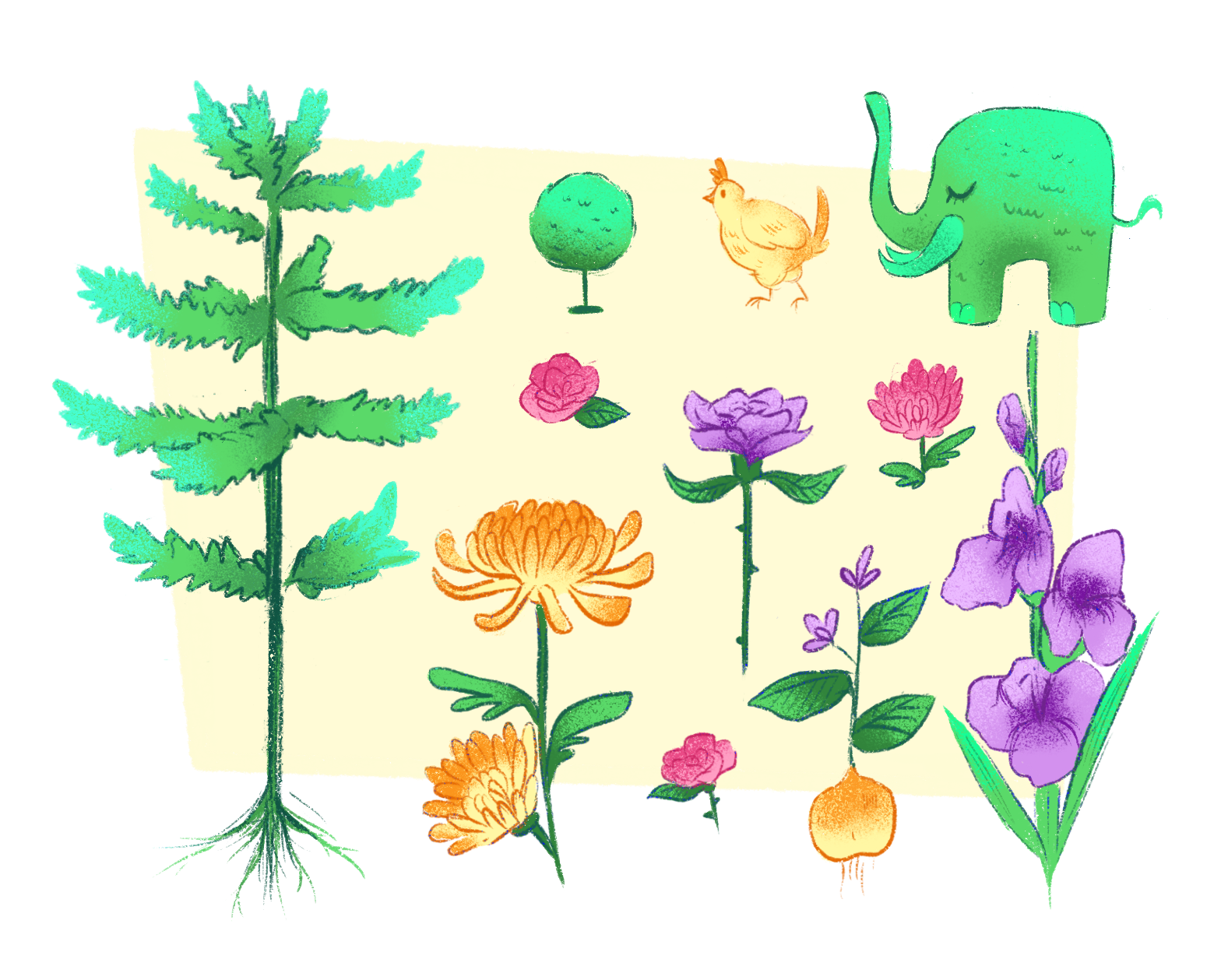
By: Emma Jean, Staff Writer
In my current home on W̱SÁNEĆ (Saanich) land on Vancouver Island, I’m surrounded by trees, flowers, and trails as far as the eye can see, but I’ve hardly paid any attention to the deeper history and meaning behind them. This experience may be one that is shared by many. The landscape we live in feels immediate and present, allowing many of us to take it for granted.
New Westminster Museum and Archive’s three part virtual event, Curator Talk: The History of Plants in New Westminster, aimed to bring an awareness to what we often don’t see: the deep and complicated ties many horticultural staples have to the past. Using the photo archives and information acquired by the museum, curator Oana Capota described the pieces of New Westminster and the people who have called it home, through the stories of the plants that grow there.
Having only learned of this event prior to the third part of this talk, it was the only one I was able to catch. Despite this, it was packed with information as Capota traced the history of prominent nature in New Westminster today and the individuals who nurtured them. The monkey puzzle tree, now found in backyards and parks in BC, has its origin with the Mechupa people in South America. From there it was smuggled to Europe, and then introduced to New Westminster by colonizers to assert their wealth and power.
The horticultural ties to the vibrant and uglier parts of human history was a recurring theme. During a segment on plant enthusiasts in New Westminster history, Capota explained that chrysanthemums were often seen in lush civilian gardens, as seen in two different early 20th century photographs. The people who owned the photographed gardens, however, both died under cruel circumstances in WWII: one in an internment camp for Japanese-Canadians, and the other while serving in the Air Force.
Other topics included the history of the groundskeeper and topiary trees in Queensborough Park, the gardening program at the defunct BC Penitentiary, and the development of the New Westminster rose.
The event itself wasn’t just about the people who took care of natural life in New Westminster in the past. Thanks to the active participants, it was just as engaging in the present. The backgrounds of the group varied; some were professors and educators in the horticultural field, some were amateur enthusiasts — but all were wild about plants.
The interest and excitement as participants jumped in to offer knowledge and their own stories with these plants was palpable. When I asked a question about the Indigenous history of New Westminster, Capota informed me that the previous two talks had focused on that, but summarized the history of New Westminster as a trading hub for Indigenous people from across the west coast, telling us the story of a Skookumchuck woman who would travel there to sell what she had collected along the way. After Capota finished, another participant immediately chimed in to provide more details about Indigenous plant propagation based on their own research, even offering to send me the resources I might find helpful. These participants carry on the tradition of taking care of plants and each other, drawing parallels between the past and the present.
While I admire the plant moms in my life, my own relationship with horticulture, until this point, went about as deep as my tiny aloe vera plant’s roots. I expected the Curator Talk to act as an opportunity to dig a little deeper into the intentions behind the use of it in an urban space, and its relationship to the unrestricted natural world. Instead, I saw a testament to how the growth around us tells a story of not just of plants themselves, but the human history around them.
Once you can see each plant as part of a greater lineage, perhaps part of a deep local heritage, perhaps the product of colonization, you can find that living artifacts of history are all around us. Learning about them has given me greater insight for my home on Vancouver Island, and can be applied to your home too.
As of September 2, the New Westminster Museum and Archives has reopened to the public.
